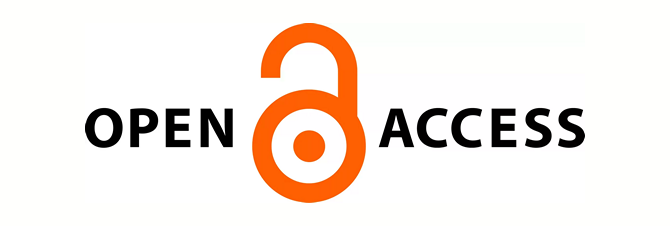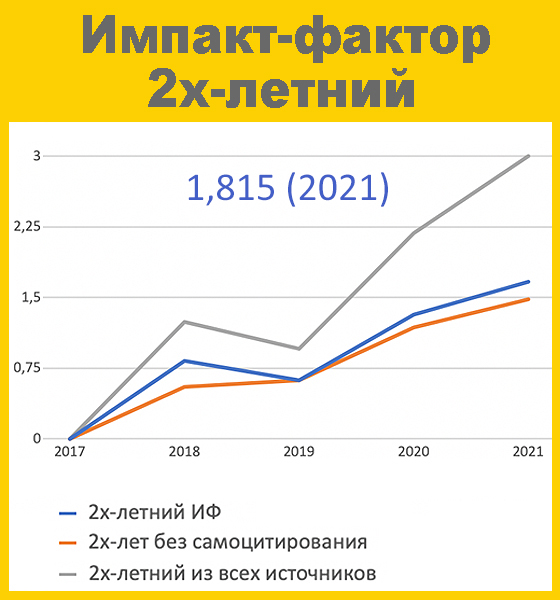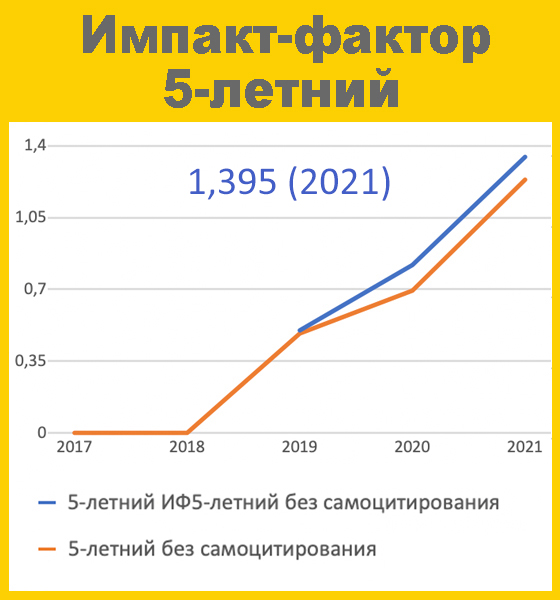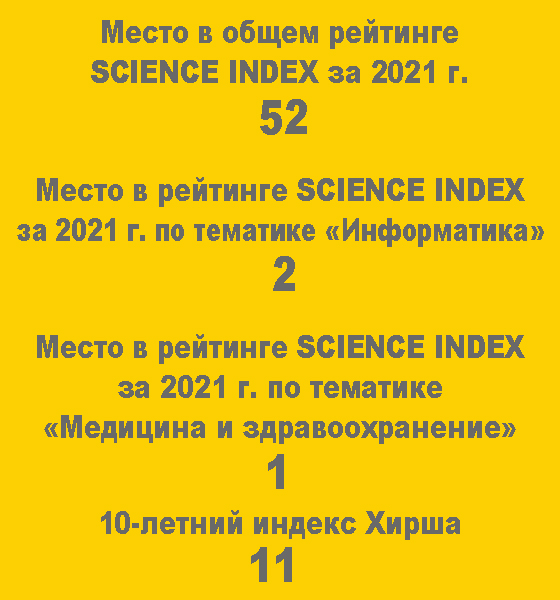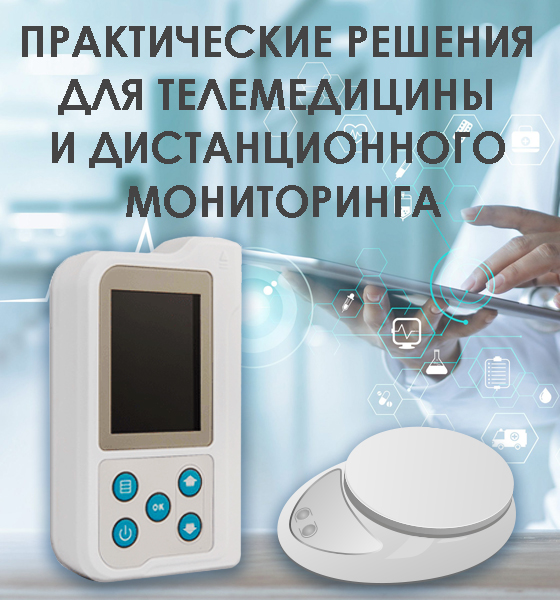Interaction of clinical and diagnostic medicine. Results of an online survey of doctors DOI: 10.29188/2712-9217-2022-8-3-7-14
- Shaderkin I.A. – PhD, Head of the Laboratory of Electronic Health, Institute of Digital Medicine, Sechenov University; Moscow, Russia; https://orcid.org/0000-0001-8669-2674
- Shaderkina V.A. – Scientific editor of the urological information portal UroWeb.ru; Moscow, Russia; https://orcid.org/0000‑0002‑8940‑4129
 1610
1610 Introduction. Historically, there is separation of physicians as clinicians and diagnosticians in the Soviet and Russian healthcare. Diagnostic medical specializations are applied and thus they can’t exist without clinical specializations. But clinicians are also restricted in using diagnostic tools during their routine work. Existing of clinical and diagnostic specialties without each other is impossible at this stage of the Russian healthcare.
Materials and methods. From March 17th to June 30th 2022 we conducted an internet survey «Your point of view on the interaction between clinicians and diagnosticians» among physicians via using professional internet sites: https://uroweb.ru, https://gacademy.ru, https://lortoday.ru, https://proctoweb.ru. 898 physicians participated in our survey.
Results. The most active participants were clinicians: 831 physicians (92,54% of all participants) – 543 only clinicians (60,47%), 131 (14,58%) clinicians that combine clinical work with diagnostics, 157 (17,48%) clinicians that have additional diagnostic specialty. 64 (7,13%) persons were diagnosticians. According to our data, 513 (57,13%) physicians often study raw data of examinations, 273 (30,4%) do this periodically. The overwhelming amount of physicians, both clinicians and diagnosticians, consider access to raw data of diagnostic examinations essential (868 persons or 96,66%) but 14 (1,56%) physicians see no reasons for it.
Conclusion. Clinicians and diagnosticians working together will contribute to increase of healthcare quality. Development and implementation of national hardware and software systems for global medicine digitalization (Roboscope, for example) are necessary. Digital technological solutions erase the barriers between physicians and lead to communication between clinicians and diagnosticians. Standardization of methods, implementation of dictionaries, global ontology contributes to overcoming semantic disunity of specialists. Groups of specialists convergence may lead to fusion of competences. Soon specialists with knowledges in related spheres will be in demand due to knowledges of technological tools, but only if clinical and economical efficiency confirm it.
| Attachment | Size |
|---|---|
| Download | 1.6 MB |



































